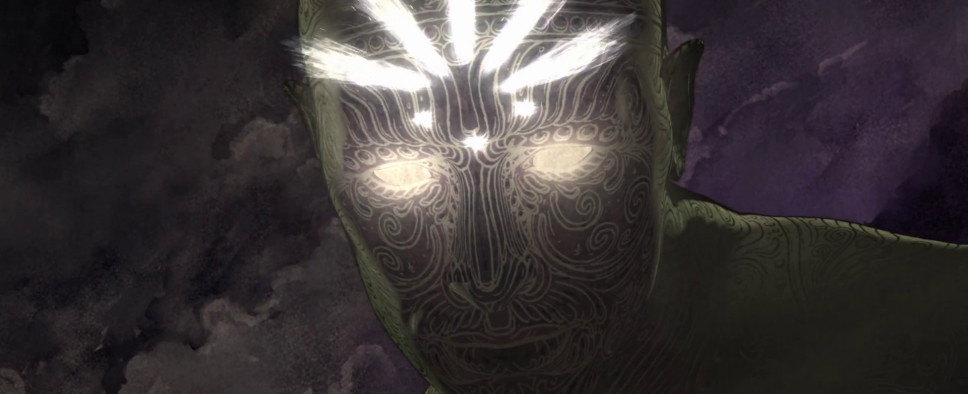Pillars of Eternity II: Deadfire - Pirates and Lore
-
Category: News ArchiveHits: 2609

The last round of Pillars of Eternity II: Deadfire previews featured quite a few PCGamesN articles already, but apparently, the PC-focused website had more to share about Obsidian's upcoming RPG. They start with an overview of the game's text-based ship combat that's shaping up to be more than just a gimmick, and then they praise Deadfire's exotic setting and the "quirky" lore it brings along. A few snippets:
With a bark from our protagonist, Sassia, the helmsman spins the wheel to starboard, pulling the ship around 90 degrees to broadside the approaching Rathun longship. As a blue-skinned Aumaua, Sassia stands a good head above the humans on board herself. And as a multi-classed fighter and rogue she is officially a ‘swashbuckler’ - a designation that, perhaps falsely, grants some degree of confidence in situations like these. Still: better to keep our distance and hope the water can douse those flaming heads.
The Rathun longship cuts across the waves to close the distance to under 500 metres. Frightening, yes - but that brings it within the effective range of my iron thunderers.
The cannoneers light the fuses, and with a whoosh that shudders across my headphones in stereo, a couple of the cannonballs puncture the longship’s wide sail. If I can cut it down completely, the Rathun will be left bobbing like horny-helmed schmucks, unable to move. Being a walking furnace is no help when all you can do is stare.
What is extraordinary about this battle is that it is taking place entirely in text and static images. For their swashbuckling sequel to Pillars of Eternity, Obsidian have built atop the choose-your-own-adventure-style sequences that were a highlight of the first game. They were lavishly illustrated representations of the scenes where individual characters’ athletic and outdoor skills came into play. But here, in the sequel, they allow you to resolve naval encounters through art and prose alone.
A compass on the UI shows your ship’s direction in relation to your opponent’s, and a single figure on the dash keeps track of the distance between the two vessels. Together, these tools are enough to conjure 3D space and real tactical challenge. The glue is Obsidian’s evocative writing and some restrained sound design, working in tandem to suggest the spray of the ocean and the crack of splintering wood.
[...]
In Huana society, the warriors and priests govern. Below them are the Kuaru, the craftspeople who live in relative comfort, and lower still the Roparu. It is the duty of the Roparu to starve during lean times, since they are destined to be reborn into a higher class in their next lives.
Understandably, some Roparu are more down with this than others. Meet Tamau, bound up to be left for the tides after repeated thefts and misdemeanours. “I say that I deserve what others have in plenty,” he argues. “Shade, a full belly, a moment to kneel on cool sands.”
And so a tiny hub for stocking up on equipment before the next dungeon reveals itself to be much more: a hive of tension and cultural unease, which becomes more fascinating with every conversation. Obsidian’s delivery of this lore is more subtle than in many of their peers’ games, too. Pillars of Eternity II borrows the tooltips from Obsidian’s last RPG, Tyranny, allowing you to hover over any highlighted word in a conversation to read more about it. It is an elegant system that takes away the chore associated with a pile of unread codex entries.
To describe the worldbuilding of Pillars of Eternity II as ‘rich’ or ‘deep’ would do it a disservice. Although those words are intended as compliments, they are in themselves a little boring. Lore does not just make the Deadfire islands rich or deep; it makes them unique and exciting. It makes exploring these maps an act of anthropology, rather than just exploration and monster-killing.
Pillars of Eternity II is not a made-up history book bound together in the name of D&D nostalgia, although it may appear that way at first. It is an altogether more alluring game for its alien logic and cultural quirks.

